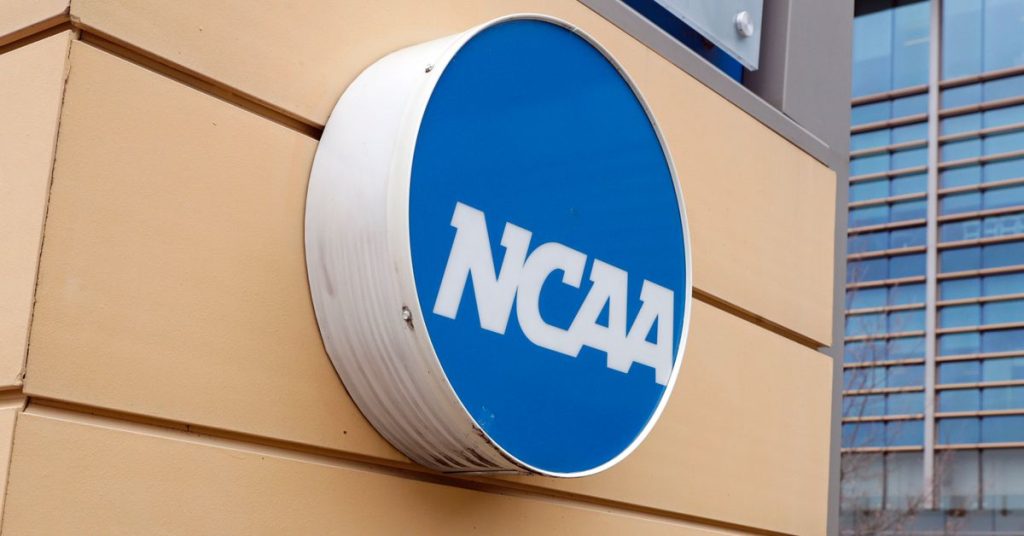The NCAA and the nation’s five biggest conferences have agreed to pay nearly $2.8 billion to settle antitrust claims, paving the way for a new revenue-sharing model that could see athletes being compensated more like professionals starting in 2025. This landmark decision represents a major shift in college sports, as schools will now be able to compete for talent using direct payments to athletes. The agreement, pending federal judge approval, marks the end of the NCAA’s traditional amateurism model that has been in place since its founding in 1906.
The deal requires the NCAA and conferences to pay $2.77 billion over 10 years to over 14,000 former and current college athletes who were previously prevented from earning money from endorsement and sponsorship deals. Schools in the Big Ten, Big 12, Atlantic Coast, and Southeastern conferences will bear the majority of the settlement costs, with each conference responsible for about $300 million over 10 years. This signifies a significant step towards athletes receiving direct compensation for their participation in college sports.
Under the new compensation model, schools can set aside up to $21 million per year to share with athletes, with the possibility of this cap increasing as revenues rise. All athletes across sports will be eligible for payments, and schools will have the freedom to decide how to distribute the funds among their programs. Scholarship limits by sport will be replaced by roster restrictions, opening up new opportunities for athletes to benefit financially.
The class-action lawsuit, House v. the NCAA, at the core of the settlement was brought by former college athletes Grant House and Sedona Prince, alleging that athletes were wrongly prohibited from earning endorsement money. The lawsuit also argued that athletes should be entitled to a share of the billions of dollars that the NCAA and conferences earn from media rights agreements. With mounting legal pressure and the threat of substantial damages, NCAA and conference officials ultimately conceded to allowing athletes direct compensation beyond scholarships.
The settlement is expected to cover two other antitrust cases, Hubbard vs. the NCAA and Carter vs. the NCAA, challenging athlete compensation rules. A potential complicating factor is the case Fontenot vs. NCAA, which remains in a Colorado court. The settlement represents a significant shift in college athletics but does not resolve all issues, such as whether athletes should be considered employees and the need for federal legislation or antitrust exemption to fortify the terms of the agreement and protect the NCAA from future litigation.
Despite lingering questions and challenges, the agreement signifies a substantial transformation in college sports, aligning with the trend of athletes receiving more rights and benefits. College athletics are evolving towards a model that more closely resembles professional sports, with athletes poised to receive direct compensation for their contributions. While federal lawmakers are exploring various proposals to address the changing landscape of college sports, the settlement represents a significant step towards ensuring athletes are fairly compensated for their participation.


